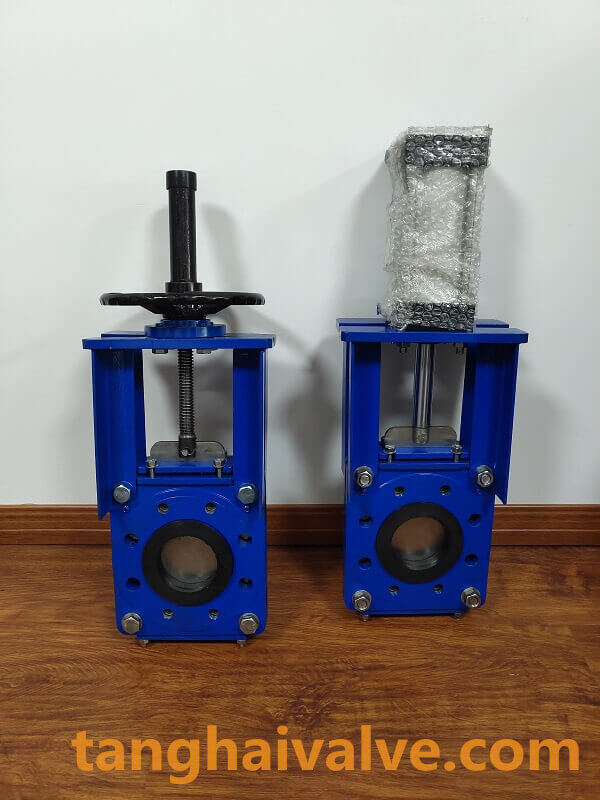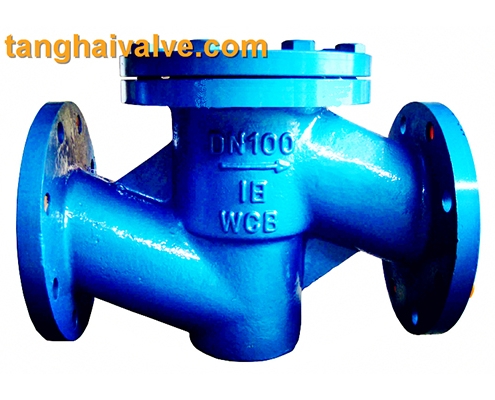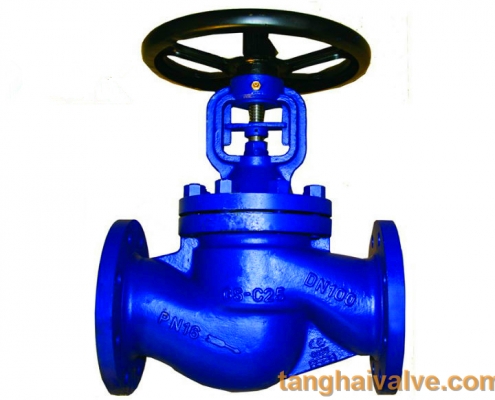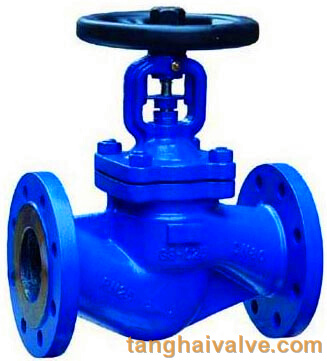Characteristics of ball valve
Features of ball valve:
1. Wear resistance; because the valve core of the hard-sealed ball valve is spray-welded alloy steel,

ball valve (2)
The sealing ring is made of alloy steel surfacing, so the hard sealing ball valve will not produce too much wear when opening and closing. (Its hardness coefficient is 65-70):
Second, the sealing performance is good; because the sealing of the hard-seal ball valve is manually ground, it can be used until the valve core and the sealing ring are completely matched. So his sealing performance is reliable.
3. The switch is light; since the bottom of the sealing ring of the hard-sealed ball valve adopts a spring to make the sealing ring and the valve core tightly hug together, the switch is very light when the external force exceeds the preload of the spring.
4. Long service life: It has been widely used in petroleum, chemical industry, power generation, papermaking, atomic energy, aviation, rockets and other departments, as well as people’s daily life.
The pneumatic ball valve has a simple and compact structure, reliable sealing, and convenient maintenance. The sealing surface and the spherical surface are always in a closed state, which is not easy to be eroded by the medium. It is easy to operate and maintain. It is suitable for general working media such as water, solvent, acid and natural gas. It is mainly used for cutting off. Or connect the medium in the pipeline, and can also be used for fluid adjustment and control.
Compared with other types of valves, pneumatic ball valves have angular stroke output torque, quick opening, stable and reliable, wide application, and the following advantages:
1. The thrust bearing reduces the friction torque of the valve stem, which can make the valve stem operate smoothly and flexibly for a long time.
2. Anti-static function: a spring is set between the ball, valve stem and valve body, which can lead out the static electricity generated during the switching process.
3. Since materials such as polytetrafluoroethylene have good self-lubricating properties and small friction loss with the ball, the pneumatic ball valve has a long service life.
4. Small fluid resistance: Pneumatic ball valves have the smallest fluid resistance among all valve categories. Even the reduced diameter pneumatic ball valves have relatively small fluid resistance.
5. Reliable valve stem sealing: Since the valve stem only rotates and does not move up and down, the packing seal of the valve stem is not easy to be damaged, and the sealing ability increases with the increase of the medium pressure.
6. Good sealing performance of the valve seat: The sealing ring made of elastic materials such as polytetrafluoroethylene is easy to seal in structure, and the valve sealing capacity of the pneumatic ball valve increases with the increase of the medium pressure.
7. The fluid resistance is small, and the full-bore ball valve basically has no flow resistance.
8. Simple structure, small size and light weight.
9. Close and reliable. It has two sealing surfaces, and the sealing surface materials of the ball valve are widely used in various plastics, which have good sealing performance and can achieve complete sealing. It has also been widely used in vacuum systems.
10. Convenient operation, rapid opening and closing, only need to rotate 90° from fully open to fully closed, which is convenient for remote control.
11. Convenient maintenance, simple structure of the ball valve, generally movable sealing ring, easy to disassemble and replace.
12. When fully open or fully closed, the sealing surface of the ball and the valve seat is isolated from the medium. When the medium passes, it will not cause erosion of the valve sealing surface.
13. It has a wide range of applications, with a diameter ranging from a few millimeters to a few meters, and can be applied from high vacuum to high pressure.
14. Because the ball valve has wiping properties during opening and closing, it can be used in media with suspended solid particles.
15. The processing precision is high, the cost is expensive, and it is not suitable for use in high temperature. If there are impurities in the pipeline, it is easy to be blocked by the impurities, causing the valve to fail to open.
TH Valve is a professional manufacturer of butterfly valve, gate valve, check valve, globe valve, knife gate valve, ball valve with API, JIS, DIN standard, used in Oil, Gas, Marine industry, Water supply and drainage, fire fighting, shipbuilding, water treatment and other systems, with Nominal Diameter of DN50 to DN1200, NBR/EPDM/VITON, Certificates & Approvals: DNV-GL, Lloyds, DNV, BV, API, ABS, CCS. Standards: EN 593, API609, API6D
Related news /knowledge:
Characteristics and working principle of electric globe valve;
What is a ball valve?
Electric ball valve principle | Electric ball valve working principle;
The advantages and disadvantages of butterfly valves;












 © Copyright 2020 Tianjin Tanghaidongyang Valve Co., Ltd. All Rights Reserved.
© Copyright 2020 Tianjin Tanghaidongyang Valve Co., Ltd. All Rights Reserved.